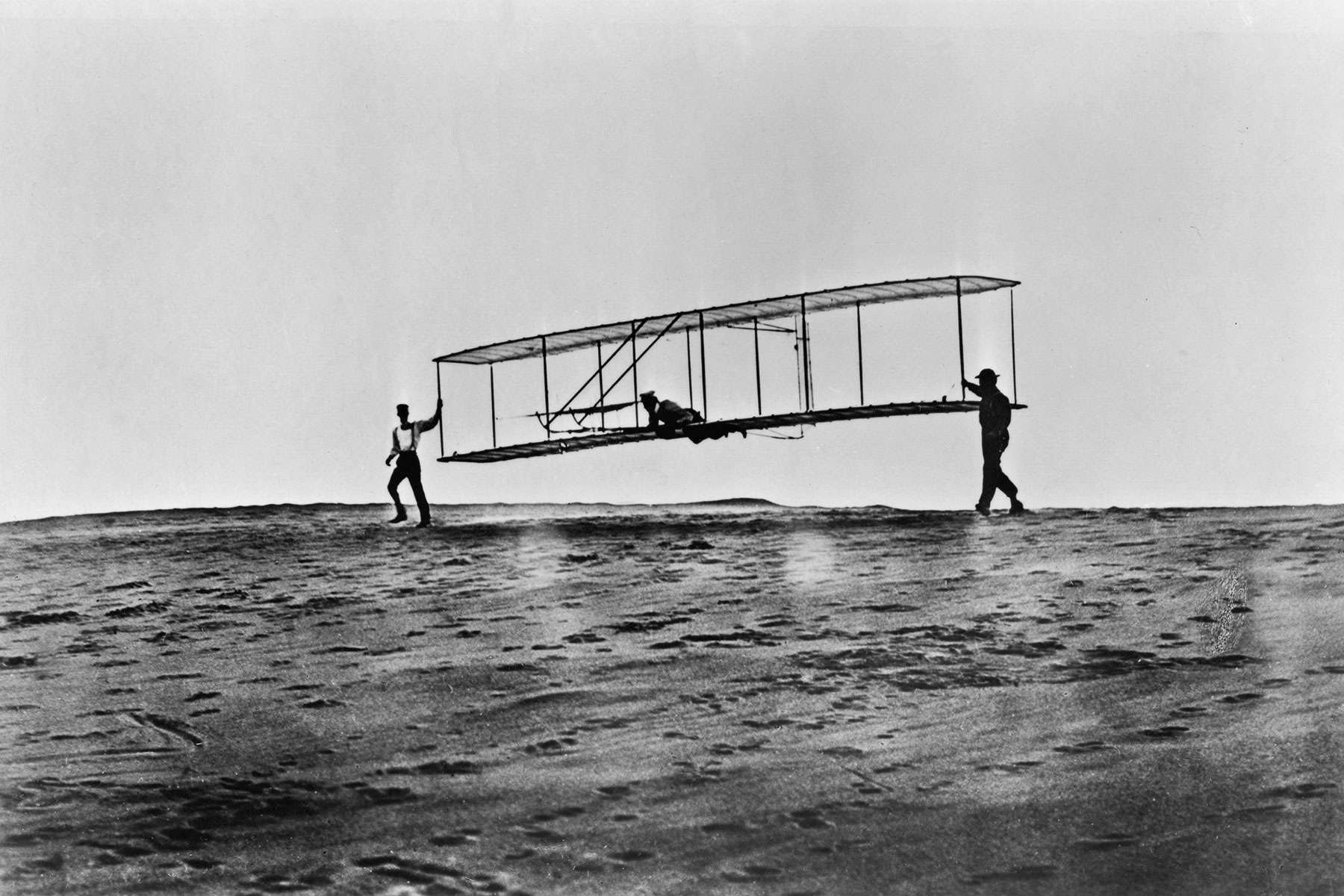 |
Trick-or-treating dates back to medieval times. |
World History |
 |
| |
| When Christianity spread to the British Isles, people began to reframe pagan traditions. Between the fifth and 11th centuries, November 1 was observed as a celebration of saints and martyrs, dubbed All Saints' Day, and the following day, All Souls' Day, commemorated the dead. Celebrations, which involved large bonfires and costumes, looked a lot like Samhain. During these festivals — collectively known as "Hallowtide" — less-fortunate people would go "souling" door to door, reciting rhymes and asking the wealthy for pastries called "soul cakes" in exchange for prayers for their loved ones. | |
| References to this kind of practice date back to the 14th century, and while the tradition died out in Protestant areas, it survived in Catholic communities. In Ireland and Scotland during the 18th and 19th centuries, children went "guising" — they'd dress up in costumes and perform tricks, such as singing songs or telling jokes, in exchange for treats. When Irish and Scottish people immigrated to North America, they brought those traditions with them. The term "trick or treat" originated in the 1920s in the Canadian provinces of Saskatchewan and Alberta, and eventually made its way to the United States by the end of the decade. | |
 | |
 | |||||||||
By the Numbers | |||||||||
| |||||||||
| |||||||||
 | |||||||||
| |||||||||
The term "fun size" sparked a legal battle. | |||||||||
| Mini candy bars, known as "fun size" bars, are a mainstay of Halloween, but in the 1970s, they brought candy companies to legal fisticuffs. Back in the 1930s, the Curtiss Candy Company, which made Baby Ruth and Butterfinger bars at the time, started making tiny candies, and Mars — the company behind Twix, Snickers, M&M's, and many others — followed suit in 1961 with its own junior-sized line. In 1968, Mars slightly increased the size of its smallest treats and changed the name to "fun size," but when Curtiss tried to do the same in 1971, Mars hit the company with a lawsuit. A judge ruled that Mars couldn't trademark "fun" because another candy company already had, so Mars tracked down that company, bought the trademark, and sued Curtiss again. In the end, Mars held the trademark to "fun size" until 1998, even though other candy companies have used the term. Mars never won the lawsuit, however: The court determined that "fun size" was a description of the product rather than a part of the Mars brand. | |||||||||
 | |||
Recommended Reading | |||
 | |||
| | |||
 | |||
| | |||
| + Load more | |||
| |||
| |||||||||
| Copyright © 2023 History Facts. All rights reserved. | |||||||||
| 700 N Colorado Blvd, #513, Denver, CO 80206 | |||||||||
|





No comments:
Post a Comment